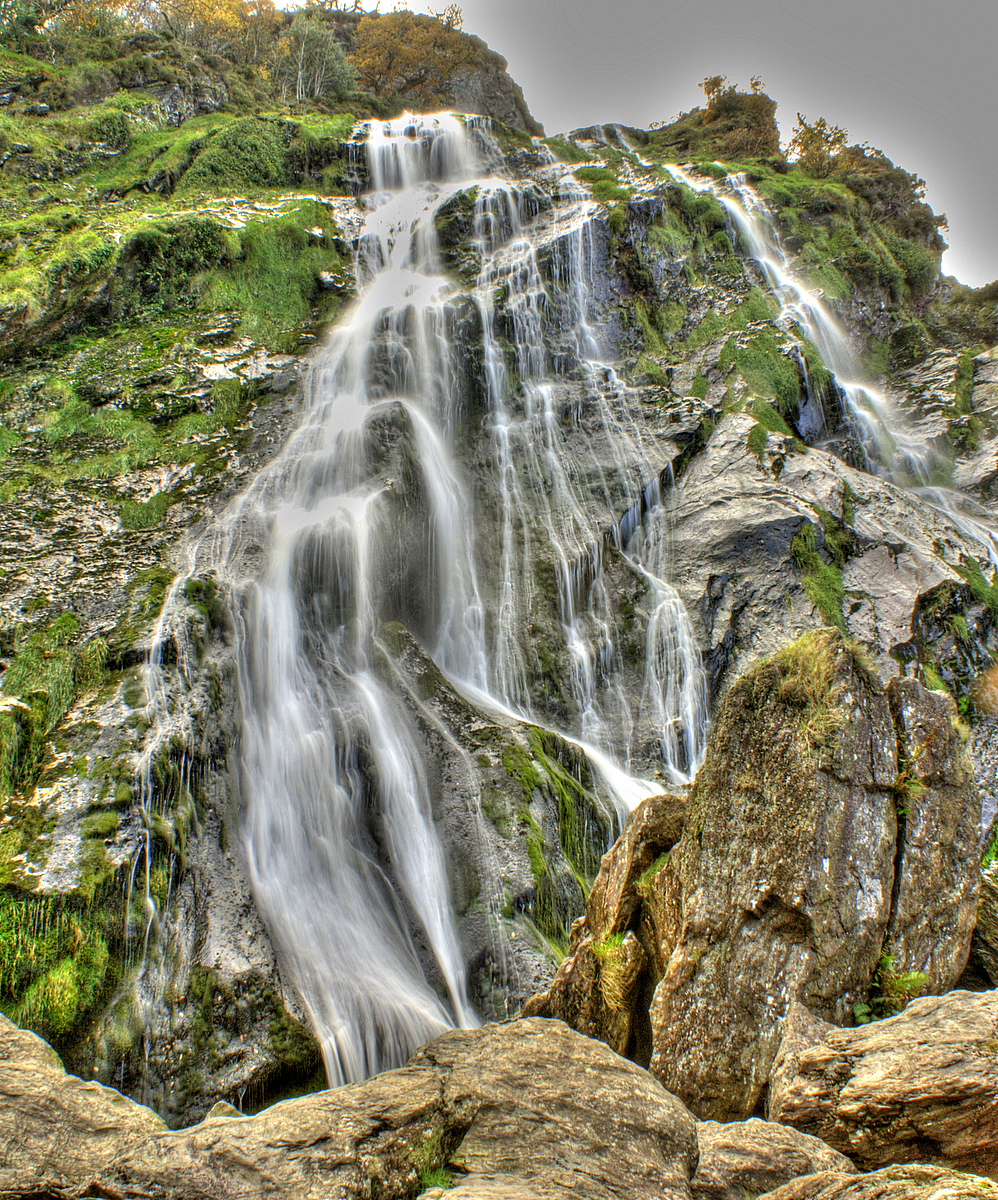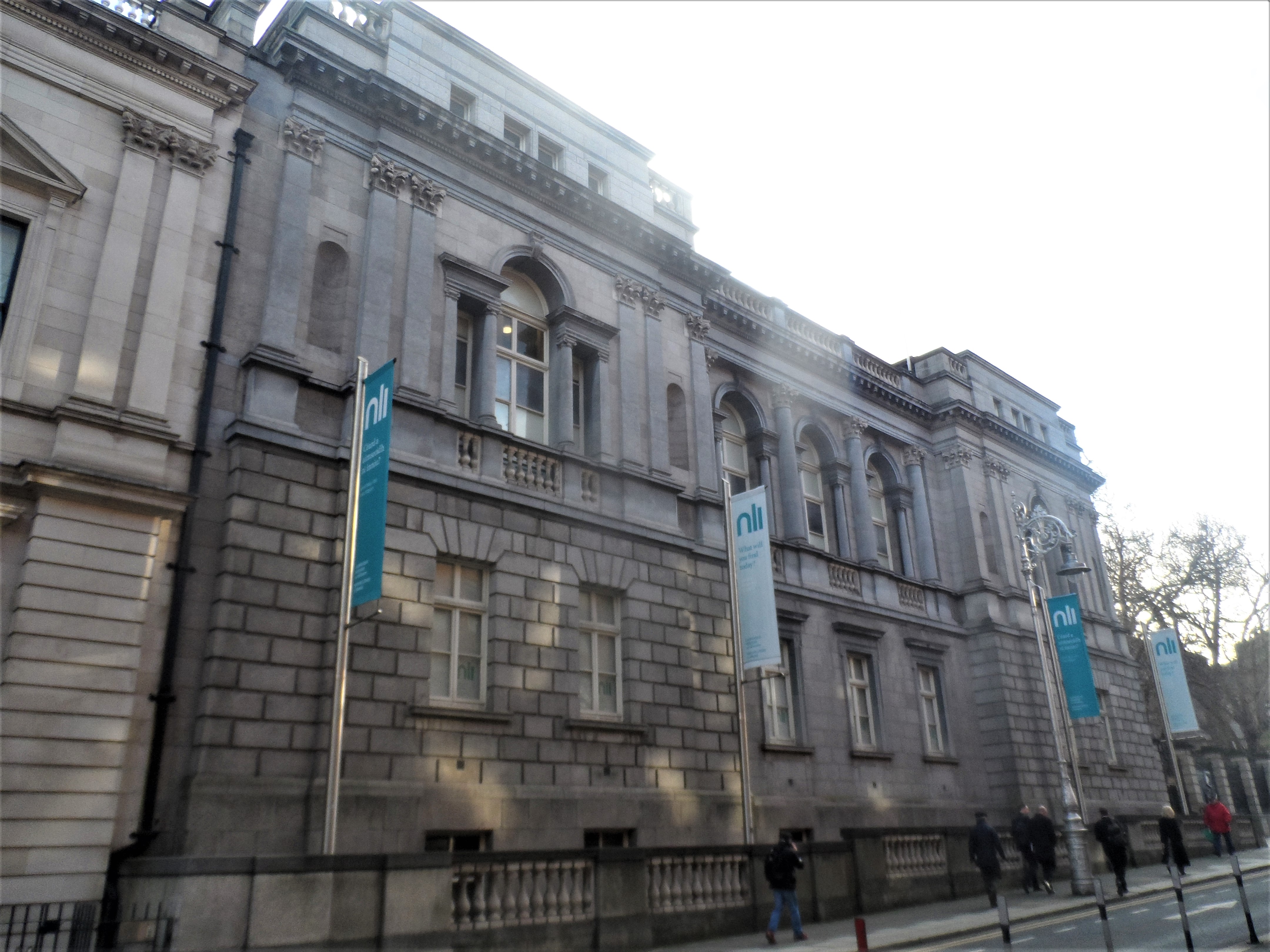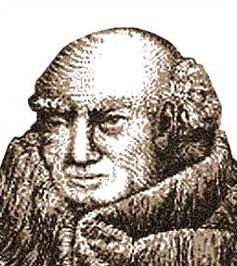|
William Larminie
William Larminie (1 August 1849 – 19 January 1900) was an Irish poet and folklorist. He was born in Castlebar, County Mayo, of Huguenot descent and was educated at Kingstown School and Trinity College Dublin, from which he graduated in 1871 with a moderatorship in Classics. He moved to London while he was employed in the British India Office from 1873 until 1887, at which point he retired and returned to Ireland to devote himself to writing, settling in Bray, County Wicklow. He published two volumes of poetry—''Glanlua and Other Poems'' (1889), and ''Fand and Other Poems'' (1892)—as well as a collection of stories which he had collected from local people in County Donegal, County Mayo and County Galway: ''West Irish Folk-Tales and Romances'' (1893). Like his contemporaries John Todhunter and William Butler Yeats, he turned to Irish mythology for inspiration. His most famous poem is ''The Nameless Doon'', about a stone ringfort, over 4000 years old and long aband ... [...More Info...] [...Related Items...] OR: [Wikipedia] [Google] [Baidu] |
Poet
A poet is a person who studies and creates poetry. Poets may describe themselves as such or be described as such by others. A poet may simply be the creator ( thinker, songwriter, writer, or author) who creates (composes) poems ( oral or written), or they may also perform their art to an audience. The work of a poet is essentially one of communication, expressing ideas either in a literal sense (such as communicating about a specific event or place) or metaphorically. Poets have existed since prehistory, in nearly all languages, and have produced works that vary greatly in different cultures and periods. Throughout each civilization and language, poets have used various styles that have changed over time, resulting in countless poets as diverse as the literature that (since the advent of writing systems) they have produced. History In Ancient Rome, professional poets were generally sponsored by patrons, wealthy supporters including nobility and military officials. F ... [...More Info...] [...Related Items...] OR: [Wikipedia] [Google] [Baidu] |
Irish Mythology
Irish mythology is the body of myths native to the island of Ireland. It was originally passed down orally in the prehistoric era, being part of ancient Celtic religion. Many myths were later written down in the early medieval era by Christian scribes, who modified and Christianized them to some extent. This body of myths is the largest and best preserved of all the branches of Celtic mythology. The tales and themes continued to be developed over time, and the oral tradition continued in Irish folklore alongside the written tradition, but the main themes and characters remained largely consistent. The myths are conventionally grouped into ' cycles'. The Mythological Cycle consists of tales and poems about the god-like Túatha Dé Danann, who are based on Ireland's pagan deities, and other mythical races like the Fomorians. Important works in the cycle are the '' Lebor Gabála Érenn'' ("Book of Invasions"), a legendary history of Ireland, the '' Cath Maige Tuired' ... [...More Info...] [...Related Items...] OR: [Wikipedia] [Google] [Baidu] |
Alumni Of Trinity College Dublin
Alumni (singular: alumnus (masculine) or alumna (feminine)) are former students of a school, college, or university who have either attended or graduated in some fashion from the institution. The feminine plural alumnae is sometimes used for groups of women. The word is Latin and means "one who is being (or has been) nourished". The term is not synonymous with "graduate"; one can be an alumnus without graduating (Burt Reynolds, alumnus but not graduate of Florida State, is an example). The term is sometimes used to refer to a former employee or member of an organization, contributor, or inmate. Etymology The Latin noun ''alumnus'' means "foster son" or "pupil". It is derived from PIE ''*h₂el-'' (grow, nourish), and it is a variant of the Latin verb ''alere'' "to nourish".Merriam-Webster: alumnus .. Separate, but from t ... [...More Info...] [...Related Items...] OR: [Wikipedia] [Google] [Baidu] |
People From County Mayo
A person ( : people) is a being that has certain capacities or attributes such as reason, morality, consciousness or self-consciousness, and being a part of a culturally established form of social relations such as kinship, ownership of property, or legal responsibility. The defining features of personhood and, consequently, what makes a person count as a person, differ widely among cultures and contexts. In addition to the question of personhood, of what makes a being count as a person to begin with, there are further questions about personal identity and self: both about what makes any particular person that particular person instead of another, and about what makes a person at one time the same person as they were or will be at another time despite any intervening changes. The plural form "people" is often used to refer to an entire nation or ethnic group (as in "a people"), and this was the original meaning of the word; it subsequently acquired its use as a plural form of p ... [...More Info...] [...Related Items...] OR: [Wikipedia] [Google] [Baidu] |
Irish People Of French Descent
Irish may refer to: Common meanings * Someone or something of, from, or related to: ** Ireland, an island situated off the north-western coast of continental Europe *** Éire, Irish language name for the isle ** Northern Ireland, a constituent unit of the United Kingdom of Great Britain and Northern Ireland ** Republic of Ireland, a sovereign state * Irish language, a Celtic Goidelic language of the Indo-European language family spoken in Ireland * Irish people, people of Irish ethnicity, people born in Ireland and people who hold Irish citizenship Places * Irish Creek (Kansas), a stream in Kansas * Irish Creek (South Dakota), a stream in South Dakota * Irish Lake, Watonwan County, Minnesota * Irish Sea, the body of water which separates the islands of Ireland and Great Britain People * Irish (surname), a list of people * William Irish, pseudonym of American writer Cornell Woolrich (1903–1968) * Irish Bob Murphy, Irish-American boxer Edwin Lee Conarty (1922–1961) * Iris ... [...More Info...] [...Related Items...] OR: [Wikipedia] [Google] [Baidu] |
Irish Folklorists
Irish may refer to: Common meanings * Someone or something of, from, or related to: ** Ireland, an island situated off the north-western coast of continental Europe ***Éire, Irish language name for the isle ** Northern Ireland, a constituent unit of the United Kingdom of Great Britain and Northern Ireland ** Republic of Ireland, a sovereign state * Irish language, a Celtic Goidelic language of the Indo-European language family spoken in Ireland * Irish people, people of Irish ethnicity, people born in Ireland and people who hold Irish citizenship Places * Irish Creek (Kansas), a stream in Kansas * Irish Creek (South Dakota), a stream in South Dakota * Irish Lake, Watonwan County, Minnesota * Irish Sea, the body of water which separates the islands of Ireland and Great Britain People * Irish (surname), a list of people * William Irish, pseudonym of American writer Cornell Woolrich (1903–1968) * Irish Bob Murphy, Irish-American boxer Edwin Lee Conarty (1922–1961) * Irish McCal ... [...More Info...] [...Related Items...] OR: [Wikipedia] [Google] [Baidu] |
1900 Deaths
Nineteen or 19 may refer to: * 19 (number), the natural number following 18 and preceding 20 * one of the years 19 BC, AD 19, 1919, 2019 Films * ''19'' (film), a 2001 Japanese film * ''Nineteen'' (film), a 1987 science fiction film Music * 19 (band), a Japanese pop music duo Albums * ''19'' (Adele album), 2008 * ''19'', a 2003 album by Alsou * ''19'', a 2006 album by Evan Yo * ''19'', a 2018 album by MHD * ''19'', one half of the double album '' 63/19'' by Kool A.D. * '' Number Nineteen'', a 1971 album by American jazz pianist Mal Waldron * ''XIX'' (EP), a 2019 EP by 1the9 Songs * "19" (song), a 1985 song by British musician Paul Hardcastle. * "Nineteen", a song by Bad4Good from the 1992 album ''Refugee'' * "Nineteen", a song by Karma to Burn from the 2001 album ''Almost Heathen''. * "Nineteen" (song), a 2007 song by American singer Billy Ray Cyrus. * "Nineteen", a song by Tegan and Sara from the 2007 album '' The Con''. * "XIX" (song), a 2014 song by Slip ... [...More Info...] [...Related Items...] OR: [Wikipedia] [Google] [Baidu] |
1849 Births
Events January–March * January 1 – France begins issue of the Ceres series, the nation's first postage stamps. * January 5 – Hungarian Revolution of 1848: The Austrian army, led by Alfred I, Prince of Windisch-Grätz, enters in the Hungarian capitals, Buda and Pest. The Hungarian government and parliament flee to Debrecen. * January 8 – Hungarian Revolution of 1848: Romanian armed groups massacre 600 unarmed Hungarian civilians, at Nagyenyed.Hungarian HistoryJanuary 8, 1849 And the Genocide of the Hungarians of Nagyenyed/ref> * January 13 ** Second Anglo-Sikh War – Battle of Tooele: British forces retreat from the Sikhs. ** The Colony of Vancouver Island is established. * January 21 ** General elections are held in the Papal States. ** Hungarian Revolution of 1848: Battle of Nagyszeben – The Hungarian army in Transylvania, led by Josef Bem, is defeated by the Austrians, led by Anton Puchner. * January 23 – Elizabeth Blackwell is awarded her M.D. by ... [...More Info...] [...Related Items...] OR: [Wikipedia] [Google] [Baidu] |
Enniskerry
Enniskerry (historically ''Annaskerry'', from ) is a village in County Wicklow, Ireland. The population was 1,889 at the 2016 census. Location The village is situated on the Glencullen River in the foothills of the Wicklow Mountains in the east of the island, just 5 minutes south of the Dublin border and some south of Dublin city centre. The R117 road, colloquially known as "The Twenty-One Bends" connects the town to the main N11 road to Dublin. The 185 Go-Ahead Ireland route connects the village hourly to Bray, the nearest large town. The 44 Dublin Bus route connects the village with Dublin city centre. History Enniskerry is a planned estate village dating from the 1840s, with the original buildings designed in a neo-Tudor style. The Protestant population of the village attended church in the grounds of the Powerscourt Demesne until 1859. Mervyn Wingfield, 7th Viscount Powerscourt built a new church, Saint Patrick's, in the village which was completed two years later, ... [...More Info...] [...Related Items...] OR: [Wikipedia] [Google] [Baidu] |
National Library Of Ireland
The National Library of Ireland (NLI; ga, Leabharlann Náisiúnta na hÉireann) is the Republic of Ireland's national library located in Dublin, in a building designed by Thomas Newenham Deane. The mission of the National Library of Ireland is 'To collect, preserve, promote and make accessible the documentary and intellectual record of the life of Ireland and to contribute to the provision of access to the larger universe of recorded knowledge.' The library is a reference library and, as such, does not lend. It has a large quantity of Irish and Irish-related material which can be consulted without charge; this includes books, maps, manuscripts, music, newspapers, periodicals and photographs. Included in their collections is material issued by private as well as government publishers. The Chief Herald of Ireland and National Photographic Archive are attached to the library. The library holds exhibitions and holds an archive of Irish newspapers. It is also the ISSN National ... [...More Info...] [...Related Items...] OR: [Wikipedia] [Google] [Baidu] |
John Scotus Eriugena
John Scotus Eriugena, also known as Johannes Scotus Erigena, John the Scot, or John the Irish-born ( – c. 877) was an Irish Neoplatonist philosopher, theologian and poet of the Early Middle Ages. Bertrand Russell dubbed him "the most astonishing person of the ninth century". The Stanford Encyclopedia of Philosophy states he "is the most significant Irish intellectual of the early monastic period. He is generally recognized to be both the outstanding philosopher (in terms of originality) of the Carolingian era and of the whole period of Latin philosophy stretching from Boethius to Anselm". He wrote a number of works, but is best known today for having written ''De Divisione Naturae'' ("The Division of Nature"), or ''Periphyseon'', which has been called the "final achievement" of ancient philosophy, a work which "synthesizes the philosophical accomplishments of fifteen centuries". The principal concern of ''De Divisione Naturae'' is to unfold from φύσις (phy ... [...More Info...] [...Related Items...] OR: [Wikipedia] [Google] [Baidu] |
.jpg)

_1938.jpg)


